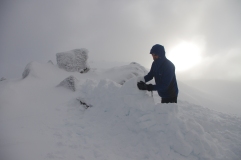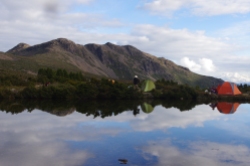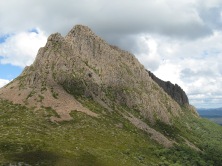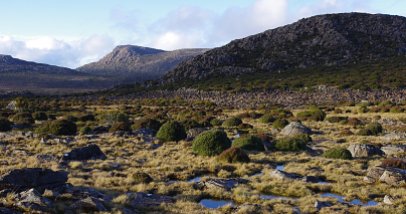Old Growth. Australia’s remaining ancient forests
Peter McConchie, Hardy Grant publishing, 2009
There are an ever growing number of commercial or semi commercial landscape and nature photographers in Australia and each has a particular eye for the land and often a particular patch of ‘turf’. Although it was giants from earlier generations like Olegas Truchanas who first captured the public’s attention and immortalised wild Tasmanian landscapes, and many have followed in their steps and continued to focus on Tasmania, we have, as a profession, long jumped Bass Strait onto the mainland and, apart from a pre occupation with tall and wet forests, many people are getting north and west of the divide and out into drier and redder or more tropical landscapes.
Peter McConchie is based on the Mornington Peninsula in Victoria, and one of his pre occupations is the intimate detail you can find in natural landscapes. Another is his effort to capture landscape through the eyes and practises of traditional owners. This has real power – especially given that people are largely absent form much of the ‘wilderness’ photography that has been the mainstay of nature-based photography in Australia. But another aspect of his work is his attention to the idea of ancient forests, of old growth, and of the threats to their survival. What makes his work different is his ability to seek out old growth in all its forms, not just towering mountain ash and Beech, but also amongst paperbark and banksia forests, ghost gums in the Kimberley, ancient trees in dry old lands.

His recent effort, called old growth, pulls together the work of 16 photographers, including some of my favourites – Rob Blakers, Ern Mainka and David Tatnall, to present a collective picture of ancient trees across the diverse landscapes of Australia.
The alpine images are real stand outs. I love, in particular, the vivid orange and green of Ern Mainka’s snow gum elders on the Bogong High Plains. And while I find alpine environments to be such singular environments, one of the things I loved about this beautiful book is the way such different trees are presented together with their cousins from all directions on the continent – giving the ultimate feeling of viewing a series of individual photos from a huge, complex and diverse community of elder trees, each a product of the soil and climate of its particular place.
The book is published from Hardie Grant Books and can be found in a range of bookstores, including Friends of the Earth in Smith street, Collingwood in Melbourne.
For more of Peter’s work, check here.























































January 27, 2013 at 9:46 am
A great book but one error that I have noticed. The Moonah photographed at Point Nepean is a Melaleuca lanceolata not the Western Australian Melaleuca preissiana as labelled.